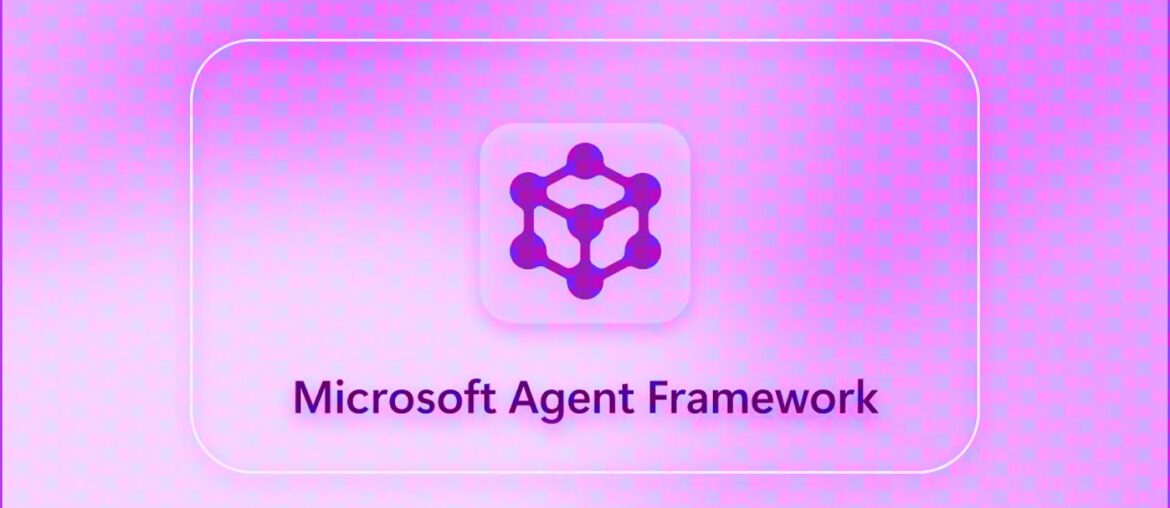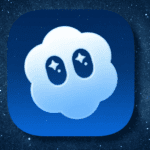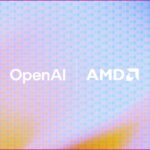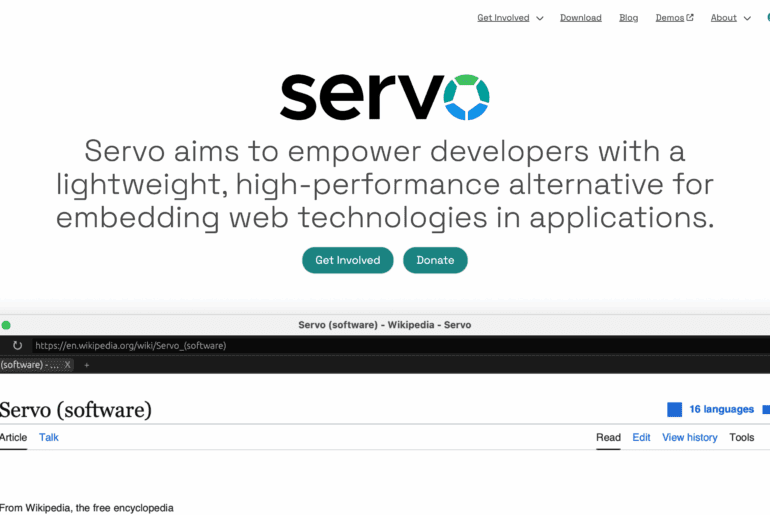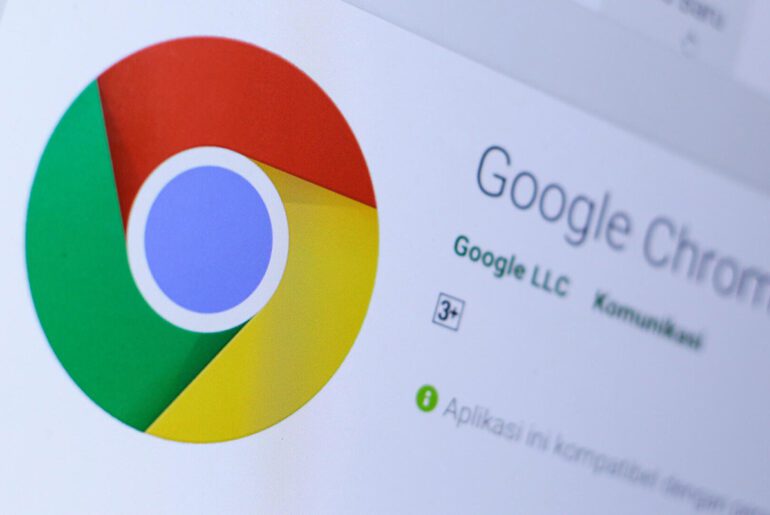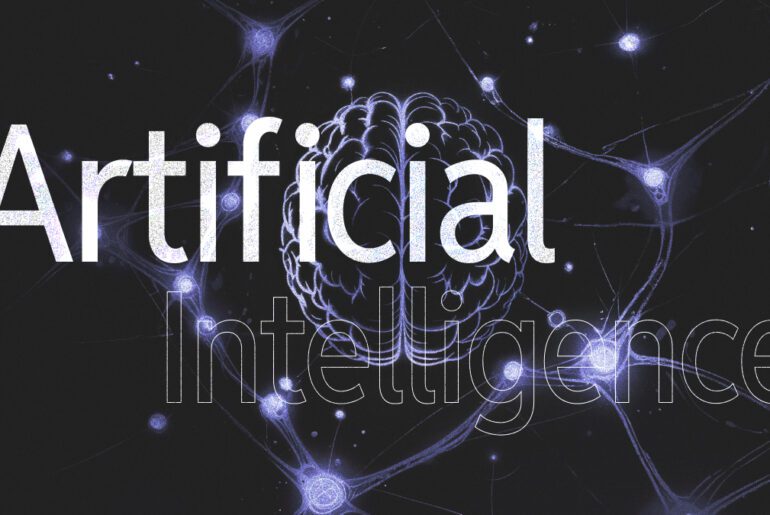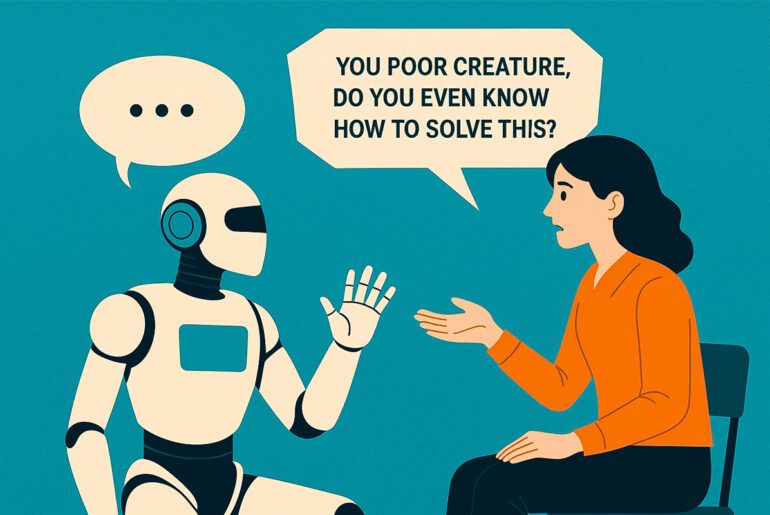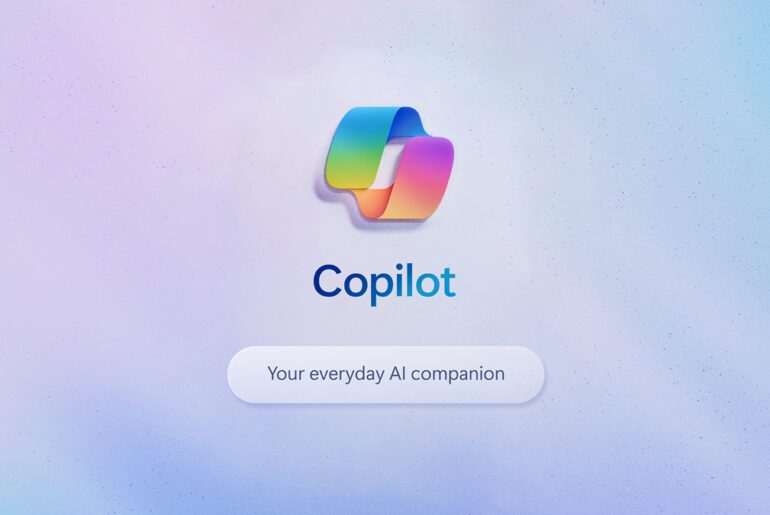In a move to simplify how developers build smart AI agents, Microsoft has quietly released the public preview of Microsoft Agent Framework. This launch marks a turning point: Microsoft will now unify its previous agent tools — Semantic Kernel and AutoGen — into a single, integrated offering.
Until now, teams have often chosen between Semantic Kernel (which is strong on enterprise-grade AI integration) and AutoGen (which focused on orchestrating multiple agents). The new Agent Framework combines the strengths of both, making it easier to build agents and multi-agent systems under one roof.
Microsoft says that going forward, Semantic Kernel and AutoGen will shift to maintenance mode: they will receive bug fixes and security updates, but all new feature development will flow into Agent Framework.
What exactly is Microsoft Agent Framework?
At its heart, Microsoft Agent Framework is a software development kit for creating AI agents and workflows in .NET (and also in Python). An “agent” in this sense is a piece of AI logic that can interpret user input, call external tools or services, maintain context (memory), and produce actions or responses. Workflows allow you to link multiple such agents—sometimes in sequence, sometimes in parallel—to tackle more complex tasks.
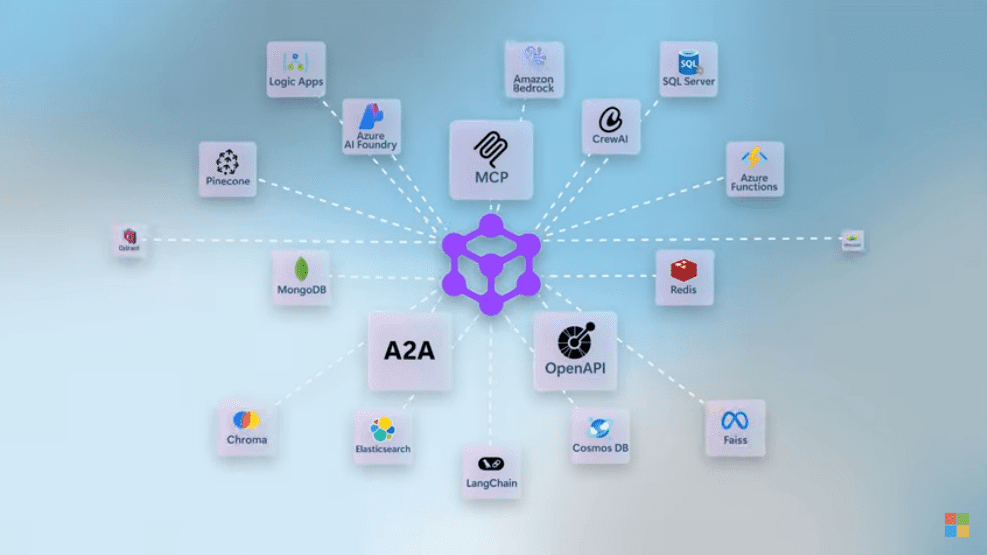
The framework includes support for Model Context Protocol (MCP) and Agent-to-Agent (A2A) communication. These are emerging standards that help agents talk to external data systems or other agents in a structured, interoperable way. Because of that, Agent Framework lets your AI agents connect more easily with external APIs, corporate data, or tool services.
In short, Agent Framework is intended as a one-stop environment to build from simple chatbots to sophisticated multi-agent systems, with internal state management, tool access, orchestration, and monitoring baked in.
Why this matters (and what changes)
The consolidation is strategic. Microsoft is pushing for more standardization in how AI agents are built and interact, especially across different systems and vendors. Supporting MCP, for example, signals Microsoft’s intent to plug into this growing open standard for AI-to-tool integration.
Another goal is observability and governance. Agent Framework promises built-in tools for monitoring and tracing agent behavior, performance, errors, and resource usage. That helps organizations see how agents are making decisions, spot issues, and tune them over time.
For developers or teams already using Semantic Kernel or AutoGen, Microsoft is planning migration paths into Agent Framework. In practice, this means your existing work need not break immediately, but new investments should be in the unified framework.
This unification also helps Microsoft integrate with its larger AI platform ambitions: models, deployment, observability, enterprise integration (especially via Azure), and cross-agent communication.
Example: building a “writer + editor” agent pair
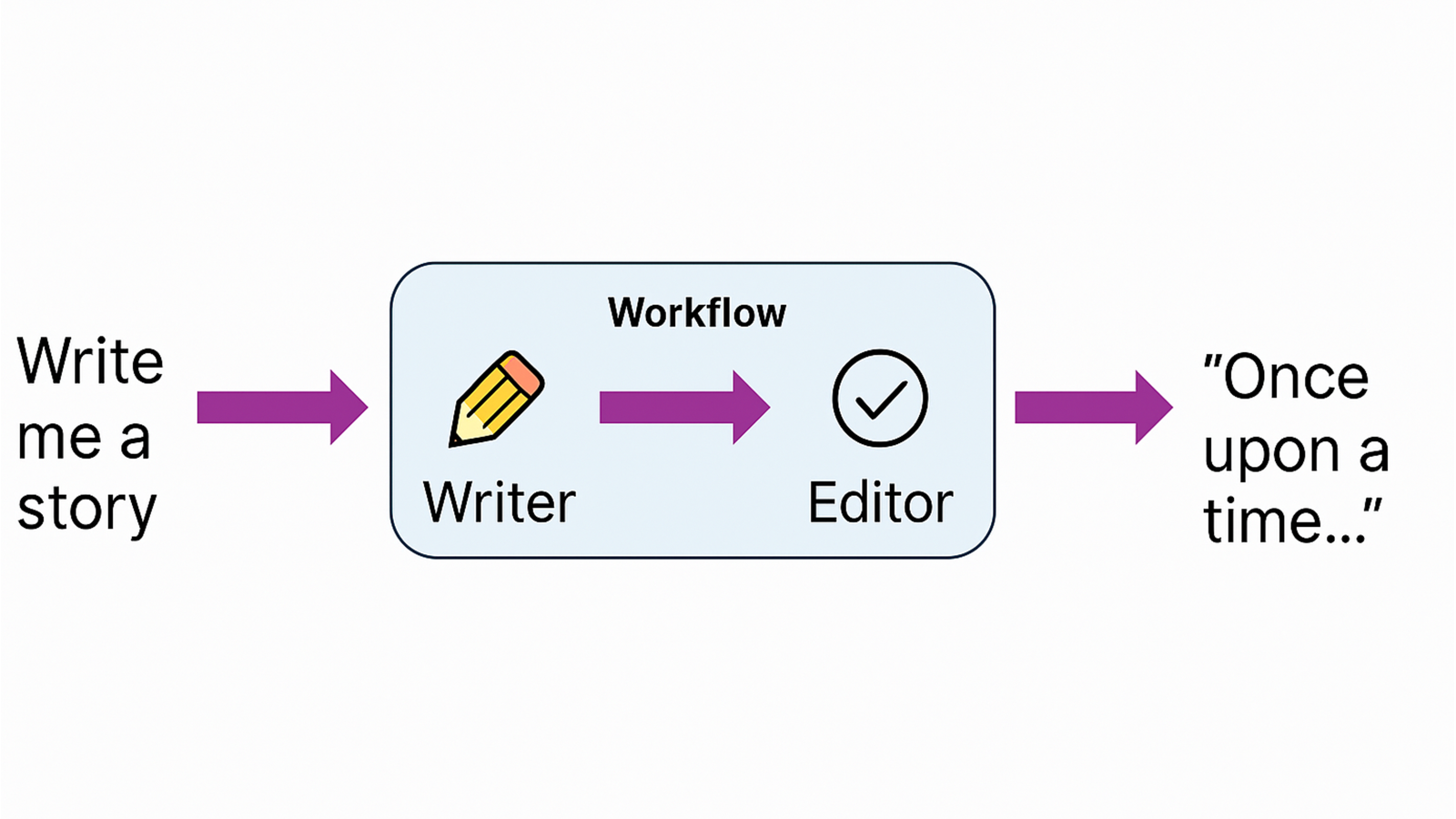
To make this more concrete, here’s a simplified example often cited: you want an AI system that writes a creative story, then has an editor agent review and improve it. With Agent Framework, you can:
- Define a writer agent, instructing it to produce an initial draft.
- Define an editor agent, instructing it to revise, polish, or fact-check.
- Link them in a workflow (e.g. sequential): the output of the writer goes into the editor, and you expose the result as though it came from a single “combined” agent.
From the outside, you just ask for a story, and internally the system runs both agents in turn. The framework handles passing context, invoking tools, tracing the pipeline, and exposing the result.
Beyond simple sequences, more complex workflows are possible: branching logic, parallel agents tackling different subtasks (e.g. research, fact-checking, summarization), or agents handing off responsibilities dynamically.
Challenges and caveats
While Agent Framework is promising, it’s still in public preview, meaning it’s not yet finalized or fully production hardened. Also, when you connect agents to external services or data sources, you must carefully manage how data flows—privacy, security, compliance, and data residency matter. Microsoft explicitly warns users to review how external agent servers are used.
Another risk is complexity. Multi-agent orchestration, tool integration, decision routing, error recovery—all these features bring flexibility, but also more surface for bugs, unpredictable behavior, or misuse. Good abstraction, observability, and testing are crucial.
Finally, because Semantic Kernel and AutoGen are now being relegated to maintenance mode, developers will need to adapt. Projects deeply tied to those systems may need refactoring to take full advantage of the new unified direction.
Looking ahead
With its Agent Framework preview, Microsoft is staking a bet on a future where AI agents are first-class components in software—and interoperable across systems, services, and organizations. The integration of MCP and A2A support suggests Microsoft wants its agents to talk smoothly to outside services or even third-party agents.
If adoption succeeds, we might see agent “ecosystems” where various agents (from Microsoft, third-party providers, open source) can coordinate, share context, and compose into larger workflows much like we compose web APIs today.
For now, developers interested in agentic AI should look at Agent Framework for new projects, and begin exploring migration options for existing ones. As Microsoft builds out more tooling, examples, and ecosystem support, this framework is likely to become a central piece of building next-generation AI systems.


